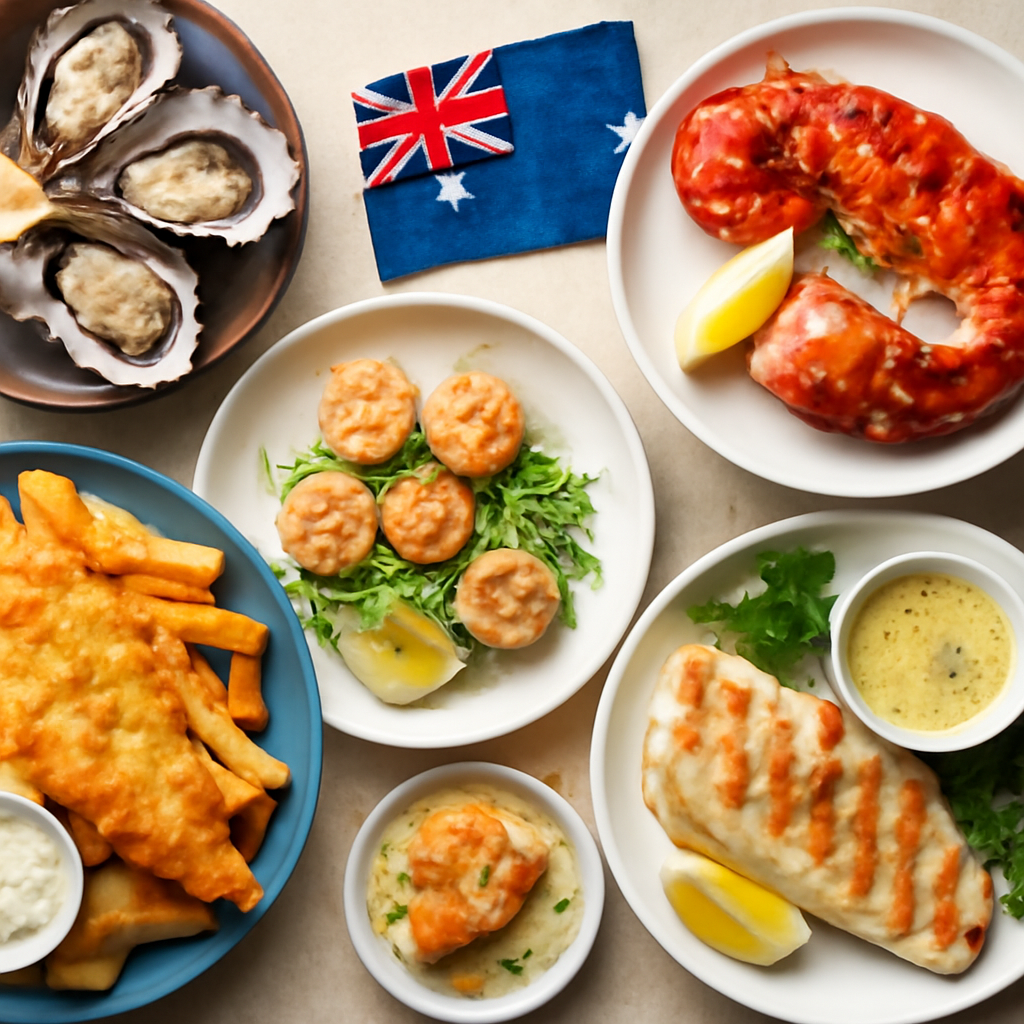Australia, with its extensive coastline and rich marine resources, boasts a culinary culture deeply intertwined with seafood. The nation’s gastronomic traditions highlight a wide variety of dishes that feature the ocean’s bounty, showcasing unique flavors and ingredients. From fresh fish to succulent shellfish, seafood plays a pivotal role in Australian cuisine, and it is celebrated for both its diversity and accessibility.
Australia’s location between the Indian and Pacific Oceans grants it access to an abundance of fresh seafood. Many of the country’s iconic dishes feature locally caught fish, prawns, oysters, and other marine delicacies. Fish such as barramundi, snapper, and whiting are staples in many kitchens, while crustaceans like prawns and lobster are commonly enjoyed during barbecues and special gatherings.
One of the most notable aspects of Australian seafood cuisine is the focus on freshness and sustainability. Australia’s seafood industry places a strong emphasis on sustainable fishing practices to ensure the health of marine ecosystems. This commitment to sustainability ensures that the seafood on Australian tables is not only delicious but also environmentally responsible.
Among the most popular seafood dishes in Australia is the beloved fish and chips. Although its origins trace back to British influence, the Australian version is unique in its preparation and selection of fish. Barramundi, often considered a national treasure, is frequently used in fish and chips, offering a distinctive flavor that sets it apart from its British counterpart. Additionally, seafood platters, featuring an assortment of local fish, oysters, prawns, and mussels, are a common sight at Australian beachside eateries, offering a comprehensive taste of the ocean.
Another hallmark of Australian seafood cuisine is the use of indigenous ingredients to complement seafood dishes. Native Australian herbs, such as lemon myrtle and bush tomatoes, are often incorporated to enhance the natural flavors of seafood. The fusion of traditional indigenous ingredients with modern cooking techniques creates a unique and evolving culinary experience.
Seafood also plays a significant role in Australia’s vibrant seafood festivals, where communities come together to celebrate the nation’s marine produce. These festivals, such as the Sydney Fish Market’s annual Seafood Festival, offer visitors the chance to sample a wide array of seafood dishes while learning about sustainable fishing practices.
Australia’s diverse multicultural landscape has also influenced its seafood offerings. Immigrants from all over the world have introduced new cooking styles and flavors, blending traditional seafood recipes with international influences. Asian and Mediterranean flavors, for example, have found their way into Australian seafood dishes, contributing to an exciting culinary fusion.
The rich diversity of Australian seafood not only showcases the country’s vast marine resources but also reflects its cultural diversity. Whether enjoyed at a casual seaside restaurant or during an elaborate feast, seafood continues to be a cornerstone of Australian cuisine, offering a fresh, flavorful, and sustainable dining experience.







